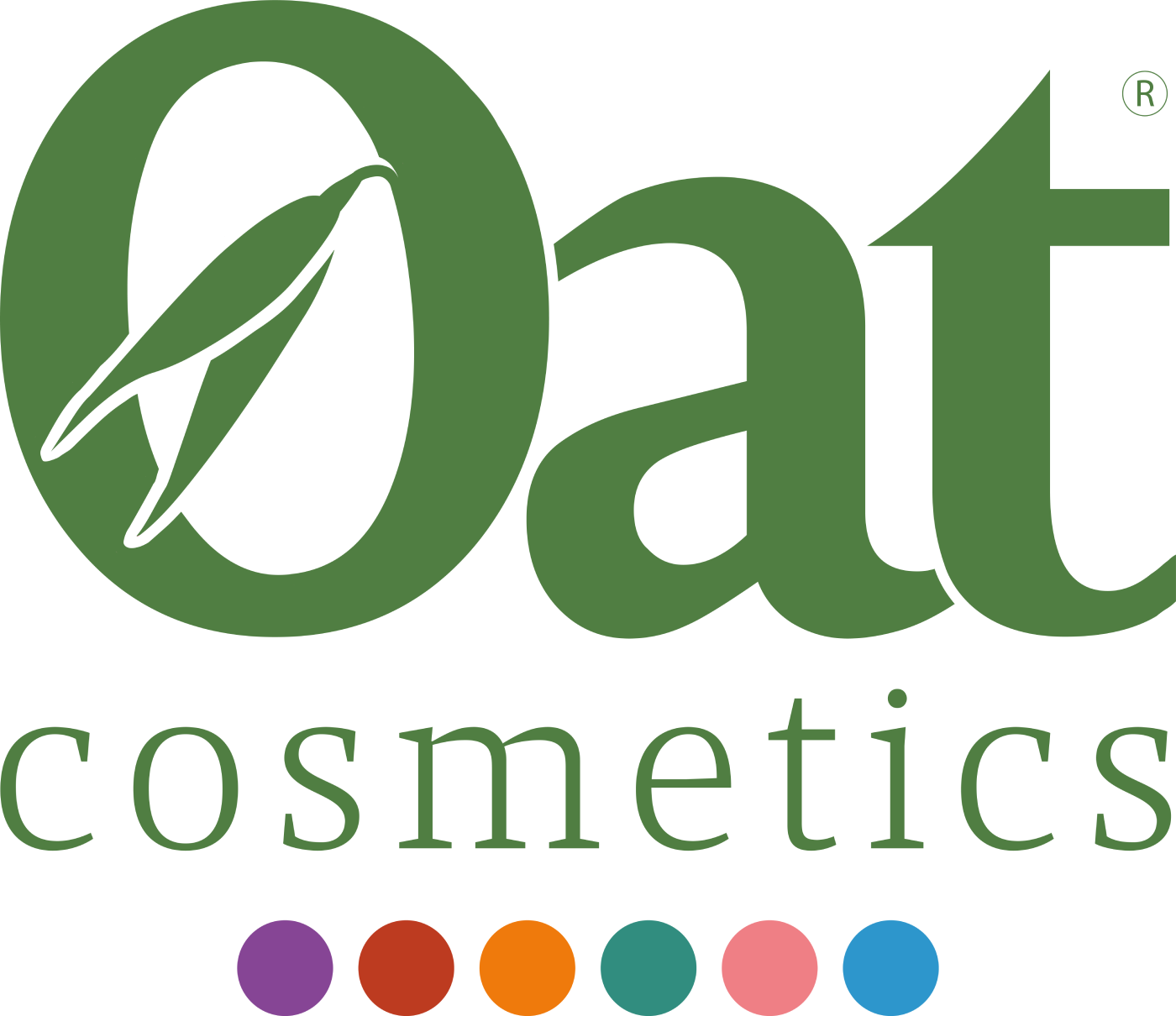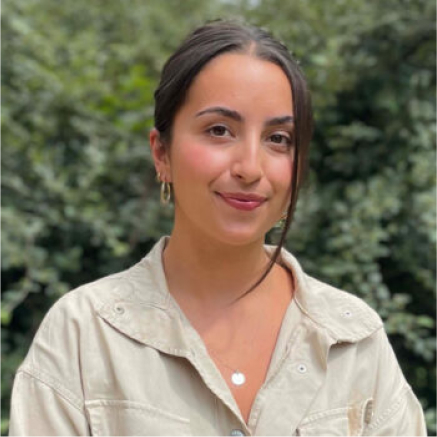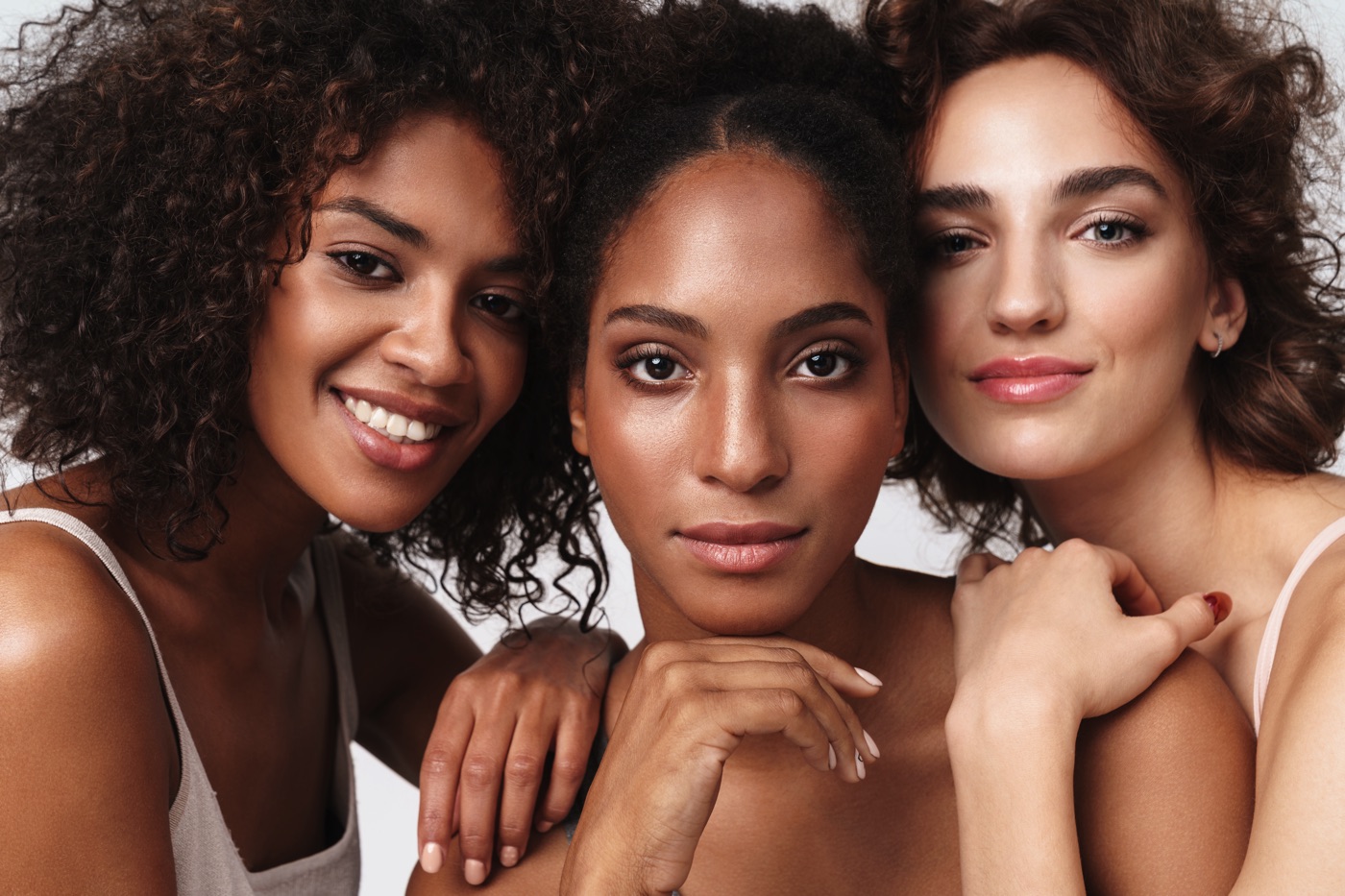A leading beauty trend in North America that continues to grow in importance is the desperate need for representation in the beauty community. Alongside advertising and imagery used in the cosmetics marketing world, consumers are demanding brands and formulators to create products that are more inclusive and diverse. In executing this, consumers are also expecting brands to destigmatise unrealistic beauty standards. Mintel 2021 research into inclusivity and diversity in North America revealed that beauty standards continue to evolve, and brands must continue to promote diversity in order to win consumer support.
In this blog, we break down what ‘diversity and inclusivity’ may mean for the North American market. Using leading research from Mintel, we share an easy-to-understand timeline of how we as brands and formulators must promote diversity to gain consumer trust and support. Most importantly, we explain how this impacts product development, and the strategic business decisions you may need to make going forward.
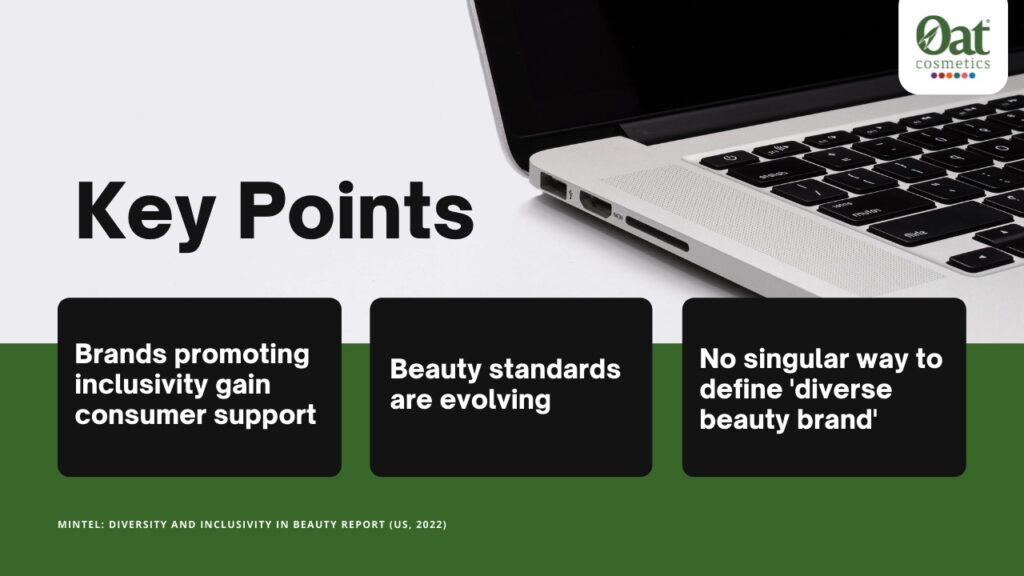
1. Brands promoting inclusivity gain consumer support
Most consumers want to see different types of beauty represented in ads and marketing messaging. This can be considered the first step in improving diversity and inclusivity in your offerings. Consumers want to see images that are representative of someone like them. Much like the media industry is being criticised for lack of representation, the beauty industry is no different. As marketing messaging and advertising seems ubiquitous in an age of digital omnipresence, consumers are starting to proactively demand change from brands. This means celebrating diverse consumer identities and visually demonstrating that beauty and being beautiful comes in all shapes and sizes.
2. Beauty standards are evolving
Consumers expect brands to destigmatize flaws and work to undo unrealistic beauty standards. Social media is a fast-paced, dynamic consumer platform, where the meaning of the ideal is constantly changing. For the cosmetics industry, this implicates 3 key aspects of product development and marketing:
- Imagery – Advertising imagery must be inclusive and diverse. This is critical in making consumers feel valued and seen by brands.
- Language – Increasingly, consumers are demanding authentic messaging rather than corrective language. For example, rather than communicating how your products can correct, rectify or eliminate consumers issues, instead opt for empowering and authentic language that shows how your formulations can help consumers embrace and enhance their natural self.
- Product development – Consumers want to see follow through. Diveristy and inclusivity must be integral to all strategic business decisions. This means starting from the testing and trial stage. Researching different skin types and testing for a variety of claims will show consumers that diveristy and inclusvity is strategically and authentically incorporated into your formulations, products and brand.
3. No singular way to define a ‘diverse beauty brand’
Micro-targeting based on underserved needs will become a key way to differentiate. This means testing for specific claims that target a specific type of consumer. For example, if positioning for wellness and anti-stress, we must recognise that how skin exhibits signs of stress can vary drastically amongst different types of skin. This would be the first step in understanding how we can best ‘micro-target’ for our consumers.
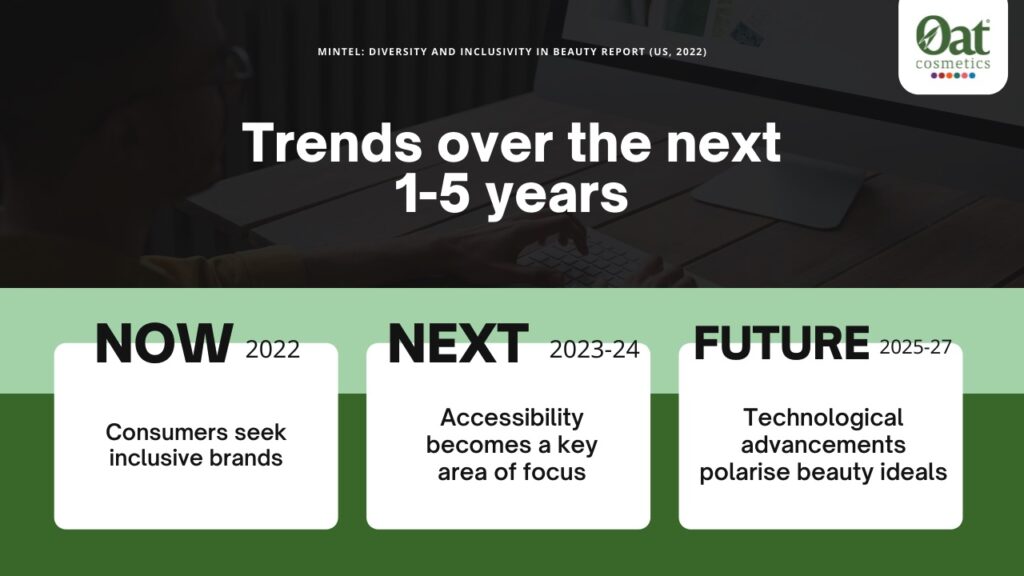
Now (2022)
2022 started conversations in the beauty space surrounding diversity and inclusivity which continues to attract consumer attention and remains a key way to earn consumer support. Use social media to your advantage and create marketing campaigns that spark conversations within the beauty industry.
Next 1-2 years
The next period will heavily focus on innovation for individuals with disabilities. Expecting more brands to consider ‘ergonomic beauty’ products and tools. Brands will stand out if they collaborate with the members of the community they are targeting at every stage of the product development process.
Next 3-5 years
The beauty landscape will face increased polarization. While innovations in technology (like the metaverse) may see even more ridged expectations for appearance; a counter-movement that pushes for realistic and attainable beauty standards will gain even more momentum.

Product developers, formulators, and brands alike often work in long product lifecycles that can take over 12 months. This means that when developing new products and formulas, we must not only be aware of present-day trends but make pre-emptive decisions that meet the needs of future consumers. Diversity and inclusion at times can feel like an abstract concept that comes with no rule book. But, one thing is certain – it starts at every level of the product development process. North American consumers are demanding diversity and inclusion at every stage – from efficacy testing to formulation creation. Another key point that the findings of the Mintel report bring forward, is that inclusion isn’t just about targeting prominent consumer groups in a given region but those with ‘niche’ beauty needs, who are looking for specific solutions.
How are we promoting inclusion?
Improving inclusion is an ongoing process that we are constantly reviewing and prioritising in all our product development projects. We are working on this on a test-by-test and ingredient-by-ingredient basis. For example, AvenaPLex’s unique ability to protect and repair mature skin, aurafirm S helping to restore the disrupted microbiome, or Oat COM aiding the reduction of skin redness and irritation. View all our ingredients here
Follow us on LinkedIn or Twitter to stay updated on more Personal Care and Beauty Insights.
